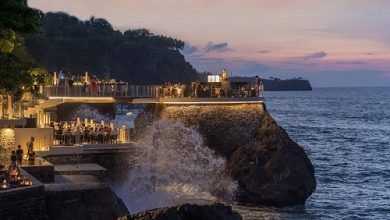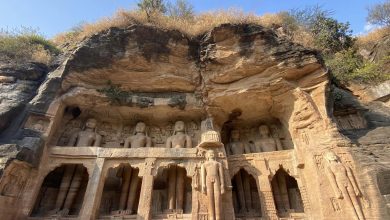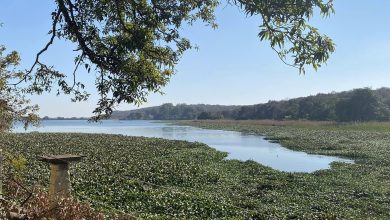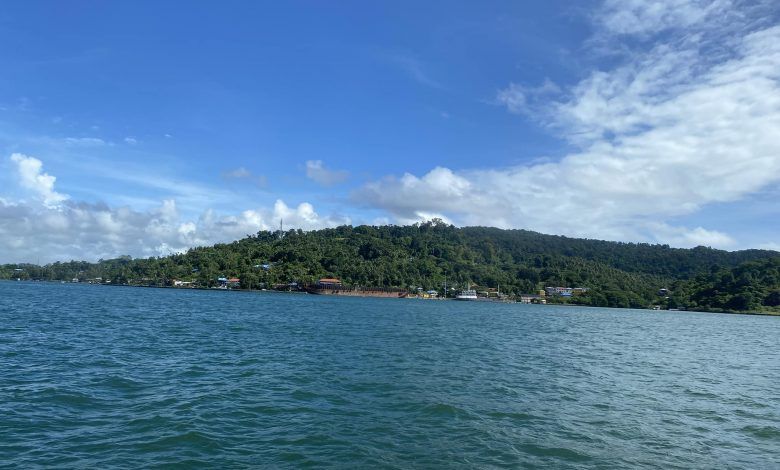
Port Blair: Landed in Port Blair on October 8 to explore one of the two archipelagos of India, in seven nights and eights days. One-stop Air India 5.30 a.m. flight from Delhi to the old world Veer Savarkar International Airport in Port Blair, covered the 2483 km aerial distance in five hours. This airport, under the control of Indian Navy, is undergoing a steel-glass makeover and would soon be joining the league of modern airports.
With three-hour reporting time a norm at the crowded airports like Delhi, early morning flights leave one fatigued and red-eyed. Notorious red-eye international flights are easy to manage journeys. Couple of glasses of wine or shots of whiskey/vodka help you grab the crucial midair power nap even in the economy class. In a long haul early morning domestic flight alcohol induced restful slumber remains a mirage and one steps out of the aircraft like a zombie, groggy eyed.
A cautionary note: If flying out of Delhi in the morning please try to reach the airport early. Bottlenecks at the slow-paced over-crowded security check posts not only cause stress but last minute arrival for check-in is a recipe for disaster— missing flights.
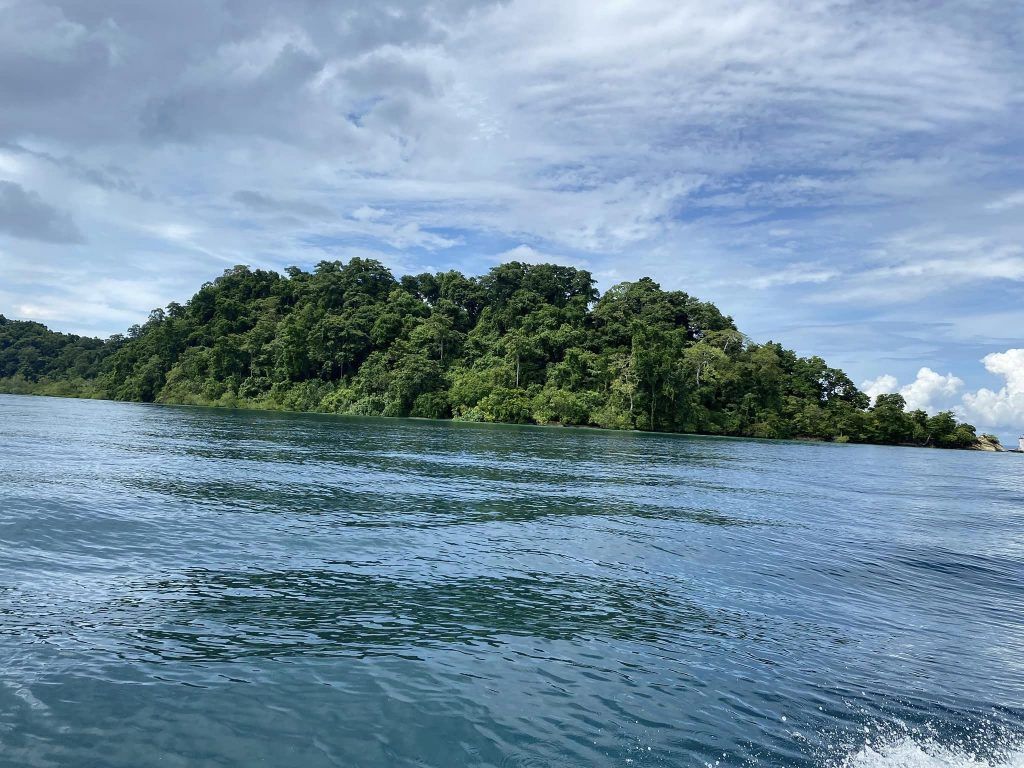
Administered as Union Territory, India’s largest archipelago of 572 islands is spread over 7950 square km at the junction of the Bay of Bengal and the Andaman Sea. Out of these 572 only 37 islands of the Andaman and Nicobar are inhabited.
India’s second archipelago, Lakshadweep in the Arabian Sea, 200 km from the Malabar coast, is also a Union Territory. However, in comparison to the Andamans it only has 36 islands spread over 32.62 km.
The Andaman & Nicobar islands are about 1200 km from mainland India— Kolkata, Visakhapatnam and Chennai. However, they are hardly 150 km from Aceh Province, Sumatra, Indonesia, the world’s largest archipelago nation of more than 17,000 islands spread over 19,04,569 square km.
As far as the islands proximity to major mainland is concerned, Myanmar is the nearest from the Andamans. Yangon, formerly Rangoon, is 679 km from the Andamans.
Before the tragic Tsunami of December 26, 2004 these islands were spread over 8,073 square km. Post-Tsunami their spread stands reduced at 7,950 square km.
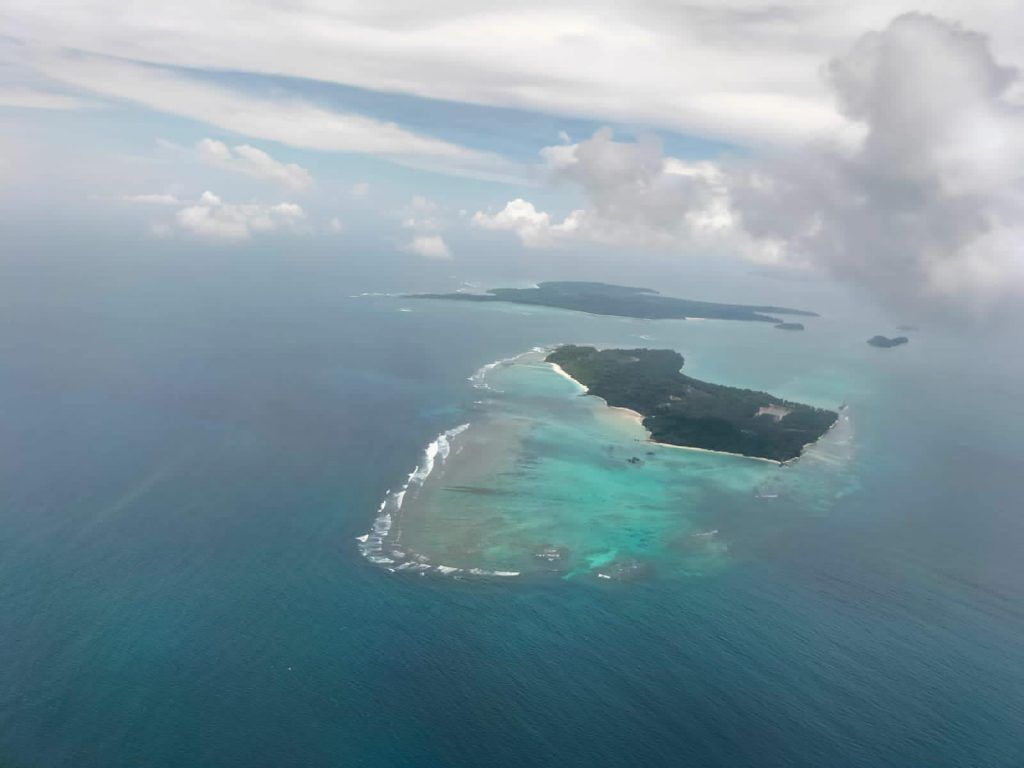
Surprisingly, these islands are a part of the Arakan Mountain Range which is an extension of the Himalayas. According to the geologists the Arakan Range originates in Myanmar and after remaining submerged in the Bay of Bengal, resurfaces at the junction of the Bay of Bengal and the Andaman Sea. This resurfacing section of the Arakan Range is known the world over as the Andaman and Nicobar Islands.
Once these were a naval base of the Chola dynasty (800 CE-1200 CE), especially during the reign of Rajendra Chola II when he moved from south Indian peninsula to conquer Malaysia and Sumatra of Indonesia.
Today the islands and the region are being managed by the Port Blair based Andaman and Nicobar Command (ANC), the first and only tri-service theater command of the Indian Armed Forces in the country. This is the most sensitive and important maritime border base of the country.
Population of these islands is hovering around 430,000 and is a mix of Bengalis,Tamils, Andhraites, Keralites and people from the Hindi heartland.
The colonisation of these islands may have begun in the British era but it speeded up in the 1940s when hundreds of families of East Bengal (now Bangladesh) origin were given permit to settle in these islands. Each of these families was allotted 30 bighas of land. Second round of settlers came during the Bangladesh war. This group was allotted 15 bighas per family.
Majority of locals including these settlers are into coconut and areca nut farming. They stay away from traditional but laborious and time consuming grain and vegetables farming with youngsters joining various branches of tourism sector which is the mainstay of the islands economy.

Majority of people in the Andamans are multi-lingual with fluency in Bengali, Tamil, Hindi, Telugu and Malayalam. One can see common people effortlessly switching from one language to another.
The spoken Hindi which has emerged as the main link language is a class apart in the Andamans. The unique flair and elegance of dialogue delivery and vocabulary brightens the day and transports one to the world of Hyderabadi-Mumbaiya style Hindi diction, sans Hindi heartland’s horrendous swear words now made ‘famous’ across the world by movies televised on OTT platforms like Netflix, Amazon Prime, etc.
Watching hardcore Tamilians and Bengalis switch from one language to another with no trace of accent leaves one in awe of their multilingual dexterity.

